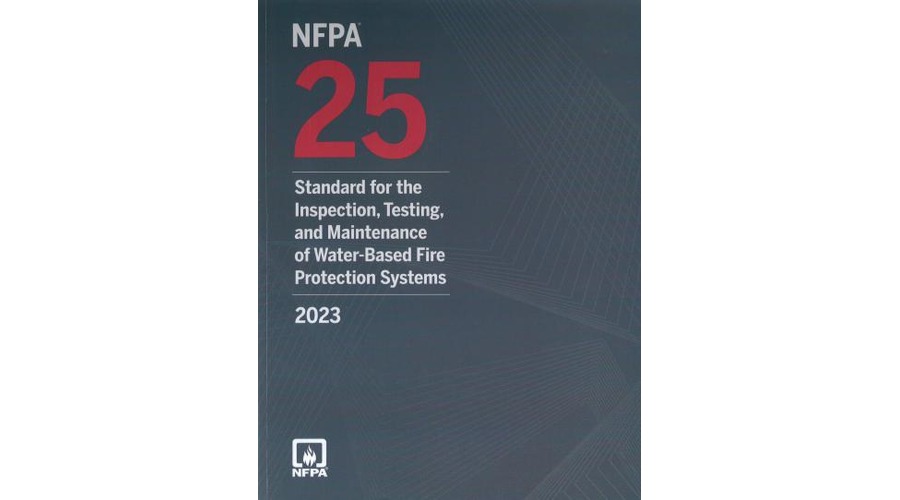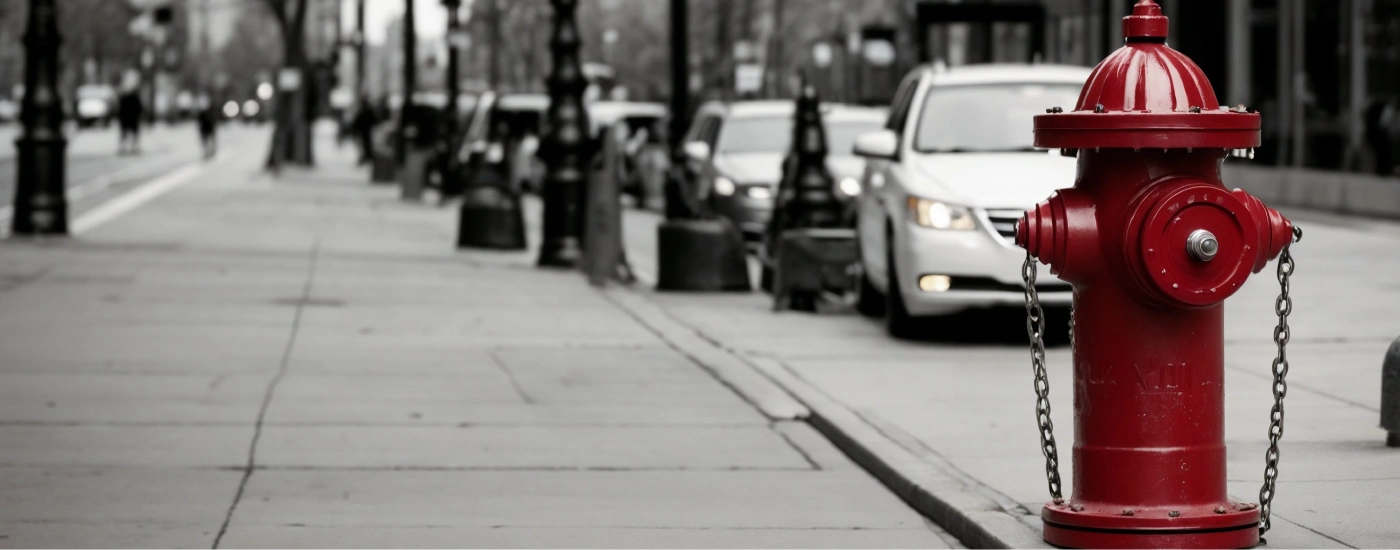

Fire Hydrants Uncovered: Types, Functions, and Color Codes Explained
We pass them every day without a second glance, but fire hydrants are essential components of the fire hydrant system that helps keep our communities safe. While they may seem trivial, these systems play a crucial role in firefighting efforts. Let’s explore the different types of fire hydrants, how the fire hydrant system works, and the significance of the colors they display. And what fire safety companies like ours do during a fire hydrant service.
How Fire Hydrants Work
At their simplest, fire hydrants are valves attached to underground water pipes. When in need of water in case of a fire breakout, firefighters can connect hoses to the hydrant’s outlets. By opening the hydrant’s valve with a special wrench, water flows up from the main supply and out through the hose under a given pressure.
In colder climates, hydrants are designed to prevent water from freezing inside. These are known asdry barrel hydrants. The main valve sits below ground, keeping water out of the upper section until it’s needed. In warmer areas, wet barrel hydrants have water up to the outlets at all times, ready for immediate use.
Types of Fire Hydrants
Fire hydrants come in various designs to suit different environments and needs. Here’s a closer look at the most common types:
- Dry Barrel Hydrants:
Ideal for regions with freezing temperatures, dry barrel hydrants keep water below ground to prevent ice blockages. When the hydrant is opened, water rises from the main and flows through the hose. Once closed, the hydrant drains to avoid leftover water freezing inside. - Wet Barrel Hydrants:
Common in warmer climates, wet barrel hydrants have water in the upper section at all times. Each outlet has its own valve, allowing multiple hoses to operate independently. This design is helpful when firefighters need several water streams simultaneously. - Wall Hydrants:
Mounted directly into building walls, wall hydrants are often found in industrial settings or near airports. They provide quick access to water without taking up space on the sidewalk. Firefighters can connect hoses directly to the building, saving valuable time. - Standpipes:
Inside large buildings or high-rises, standpipes act like internal fire hydrants. These vertical pipes run up the building’s height, with hose connections on each floor. Firefighters hook up their hoses inside, avoiding the need to drag equipment up stairs. - Flush Hydrants:
Flush hydrants sit level with the ground, lacking the familiar above-ground barrel. They’re used where traditional hydrants would be in the way, like in parking lots or along sidewalks. A removable cover reveals the hydrant connection when needed. - Post Indicator Hydrants:
These hydrants have a visible indicator showing whether the valve is open or closed. They’re often connected to sprinkler systems in commercial buildings. The indicator helps firefighters and maintenance crews know the hydrant’s status at a glance. - Recessed Hydrants:
Designed to blend into their surroundings, recessed hydrants are hidden beneath a panel or cover. They’re common in urban areas where aesthetics or pedestrian traffic make traditional hydrants impractical. Despite their discreet appearance, they’re fully functional when accessed. - Pillar Hydrants:
Popular in Europe, pillar hydrants stand tall with outlets and controls at an easy working height. Their prominent design makes them easy to locate and operate. They often have multiple outlets to support several hoses at once.
Decoding Fire Hydrant Colors
The colors painted on fire hydrants convey important information about the water supply. Here’s what the colors typically mean:
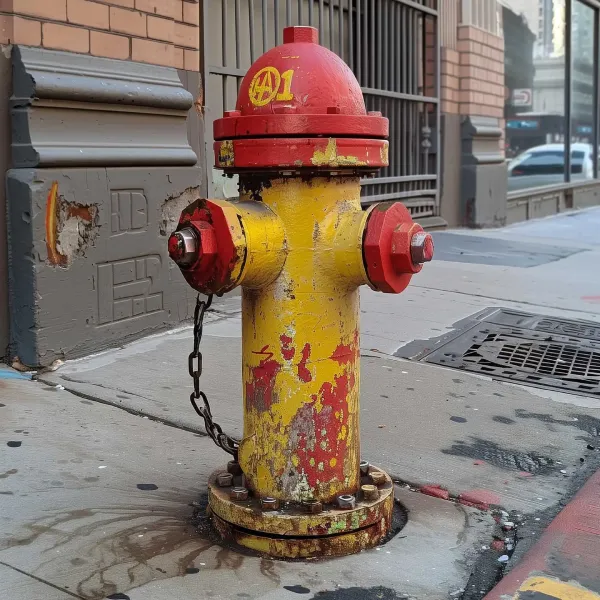

Red Hydrants: These indicate a water flow of less than 500 gallons per minute (GPM). They’re suitable for residential areas with lower fire risks.
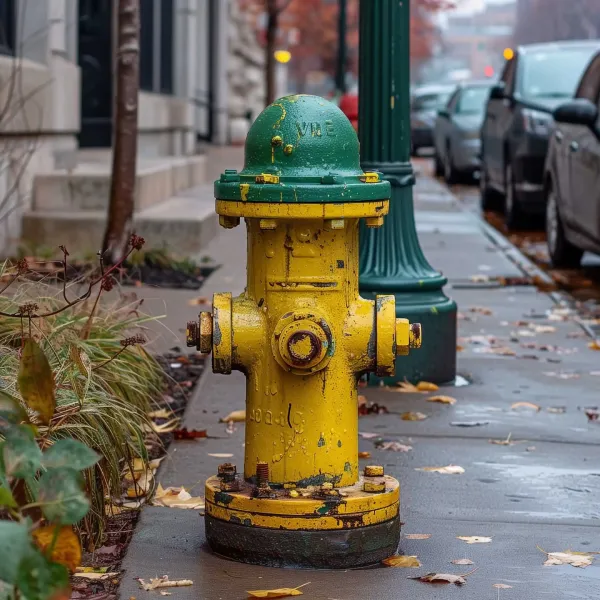

Green Hydrants: These provide a flow of 1,000 to 1,499 GPM. They’re ideal for larger buildings or areas with higher fire hazards.
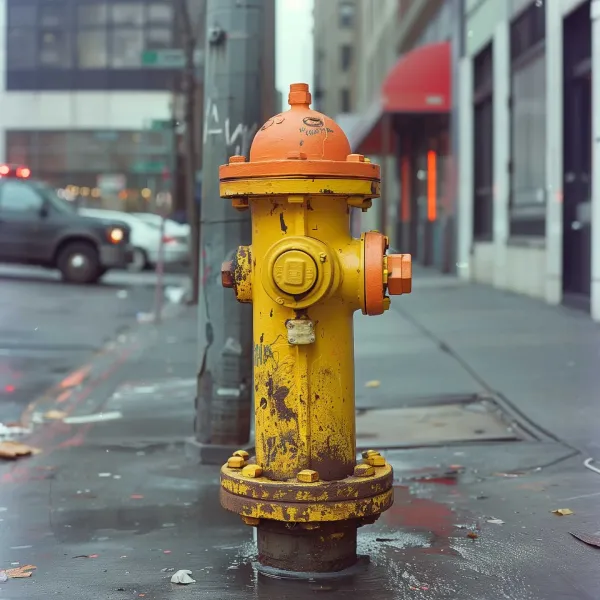

Orange Hydrants: With a flow between 500 and 999 GPM, orange hydrants offer a moderate water supply, appropriate for small commercial areas.
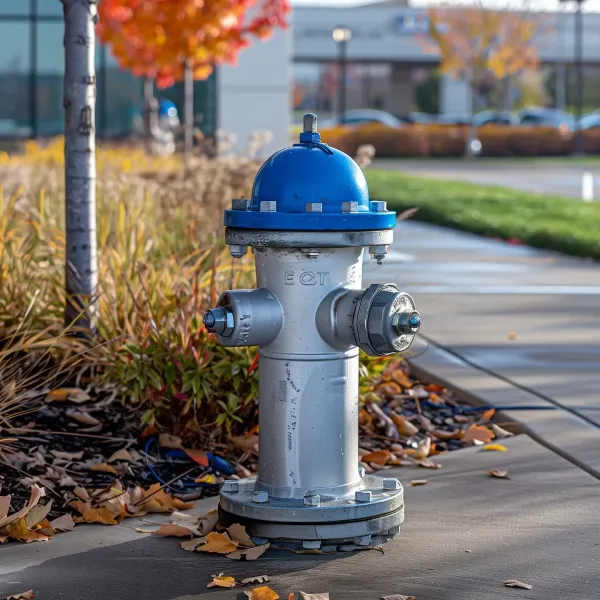

Blue Hydrants: Offering 1,500 GPM or more, blue hydrants supply the most water. They’re essential in industrial zones or places where a strong water flow is critical.
Some regions use different color schemes, but the idea remains the same: colors help firefighters assess water availability quickly. Occasionally, you’ll see a purple hydrant, and this signals that the water is non-potable, meaning it’s not safe for drinking but can be used to fight fires.
Components of a Fire Hydrant System
A fire hydrant is part of a larger system that ensures water is available when needed. Here’s what’s involved:
- Water Supply Source: This could be the city’s main water line, a dedicated tank, or even a natural source like a pond.
- Pumping System: Pumps might be necessary to maintain adequate water pressure, especially in areas far from the main supply or in tall buildings.
- Distribution Pipes: These underground pipes connect the water source to hydrants throughout an area. They need to be durable and well-maintained.
- Valves: Valves control water flow within the system, allowing sections to be isolated for repairs without shutting down the entire network.
- Hose Reels and Hoses: Firefighters connect hoses to hydrants to direct water onto fires. These hoses must withstand high pressure and harsh conditions.
- Pressure Gauges: Monitoring devices ensure water pressure stays within safe and effective levels, alerting crews to any issues.
The Importance of Maintenance
A fire hydrant is only useful if it works when needed. Regular maintenance keeps hydrants in good condition:
- Inspection: Checking for damage, leaks, or obstructions ensures hydrants are ready for action.
- Flow Testing: Periodic tests measure water flow and pressure, confirming hydrants meet necessary standards.
- Painting and Marking: Keeping hydrants visible and properly color-coded helps firefighters locate and assess them quickly.
- Clearing Access: Removing vegetation, snow, or debris around hydrants ensures they’re accessible in an emergency.
Installing a Fire Hydrant System
Setting up a fire hydrant system involves careful planning and skilled installation:
- Assessment: Experts evaluate the area’s needs, considering factors like building types, population density, and fire risks.
- Design: Engineers create a layout for hydrants, pipes, and other components, ensuring coverage and compliance with regulations.
- Installation: Workers dig trenches for pipes, install hydrants, and connect everything to the water supply.
- Testing: Before the system goes live, thorough testing confirms that everything works as intended.
- Documentation: Accurate records help with future maintenance and ensure that emergency responders know the system’s details.
Why It All Matters
Fire hydrants are a critical part of public safety. They provide firefighters with the tools to do their jobs effectively. Understanding how they work helps us understand the thought and effort that goes into protecting our communities and helps us appreciate them for their contributions.
Fire Hydrant System FAQS
Get Top-Rated Fire Safety Solutions!
For over 20 years, Kord Fire Protection has been proudly serving Southern California with expert fire protection services. We specialize in fire hydrant installation, maintenance, and more to keep your home or business safe in an emergency.
Need a fire hydrant system tailored to your property? Call us today or reach out through email or our contact form. We’re here to protect what matters most!


Protect Your Property
Get the latest fire safety tips delivered straight to your inbox with our Newsletter!


